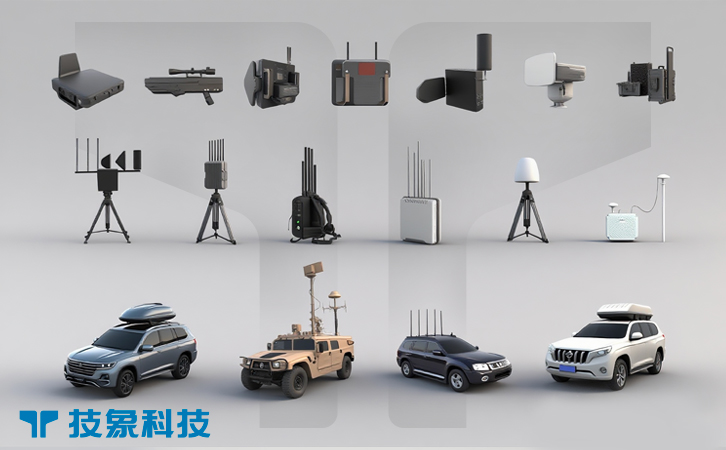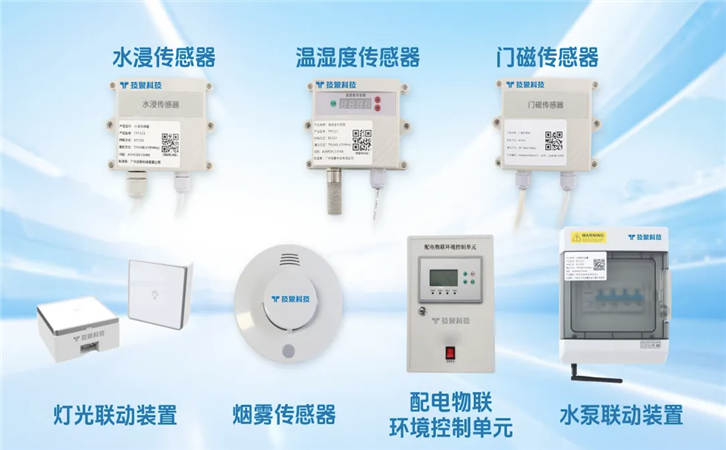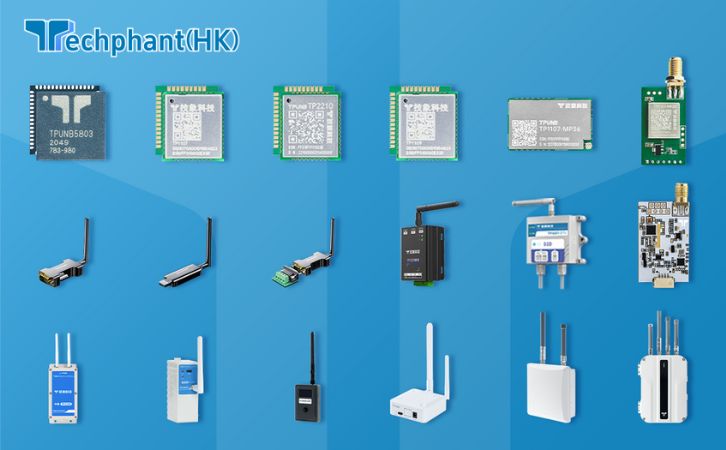Smart cities, with their interconnected infrastructure and reliance on data-driven technologies, represent the future of urban living, leveraging IoT, AI, and real-time analytics to enhance efficiency and quality of life. However, the proliferation of unmanned aerial systems (UAS), or drones, introduces security risks, from unauthorized surveillance to potential disruptions of critical systems. Integrating counter-drone (Counter-UAS or C-UAS) solutions into smart city frameworks is essential to secure airspace while preserving the benefits of legitimate drone use, such as delivery or traffic monitoring. This article explores the integration of C-UAS systems into smart cities, focusing on detection technologies, neutralization strategies, system interoperability, and privacy and regulatory considerations.
I. Detection Technologies for Smart City Airspace
Smart cities, with their dense infrastructure and high RF noise, require advanced detection systems to identify unauthorized drones amidst urban complexity. Radar systems optimized for low-altitude, small-target detection are critical but must overcome challenges like building reflections and electromagnetic clutter. Micro-Doppler radars, such as those from Echodyne, analyze subtle movement patterns to distinguish drones from birds or vehicles, achieving detection ranges of up to 2 kilometers for small drones. In a 2024 trial in Singapore’s smart city district, these radars reduced false positives by 93% through AI-driven clutter filtering.
Radio frequency (RF) detection is equally vital, intercepting drone control signals and telemetry data in environments saturated with Wi-Fi and 5G signals. Systems like CerbAir’s HYDRA platform identify drone models and operator locations with 95% accuracy, as demonstrated in a 2024 Dubai smart city deployment, even amidst heavy RF interference. Electro-optical and infrared (EO/IR) cameras provide visual confirmation, crucial for urban settings with variable lighting. For instance, FLIR’s Star SAFIRE 380-HD system, used in a 2024 Tokyo trial, detected drones at 1.5 kilometers despite nighttime urban glare.
Multi-sensor fusion, combining radar, RF, and EO/IR data, enhances reliability. Dedrone’s DroneTracker, deployed in a 2024 London smart city pilot, achieved a 97% detection rate by integrating sensor inputs with real-time AI analytics. These systems leverage smart city IoT networks to process data efficiently, but challenges remain in scaling detection across sprawling urban areas. Cloud-based analytics and edge computing address this, reducing latency to under 40 milliseconds and enabling real-time threat identification in dynamic environments.
II. Neutralization Strategies for Urban Integration
Neutralizing rogue drones in smart cities requires methods that minimize disruption to urban systems and ensure public safety. Non-kinetic approaches, such as RF jamming, are preferred due to their low collateral risk. Advanced jammers, like DroneShield’s DroneSentry-X, use directional antennas to disrupt drone control and GPS signals within a 1-kilometer radius, achieving a 92% neutralization rate in a 2024 Seoul smart city test without affecting nearby 5G networks. These systems integrate with smart city traffic management to avoid interference with connected vehicles or communication systems.
Cyber-based neutralization, or “soft kill” techniques, exploits drone software vulnerabilities to redirect or disable them. Fortem Technologies’ SkyDome system, tested in a 2024 Shanghai smart city pilot, redirected 89% of rogue drones to safe zones by exploiting unencrypted protocols. This approach is ideal for smart cities, as it avoids physical damage, but requires constant updates to counter evolving drone firmware. Kinetic methods, like net-based capture, are less common but viable in controlled scenarios. OpenWorks Engineering’s SkyWall, used in a 2024 Berlin smart city exercise, captured 87% of test drones within 200 meters, minimizing debris risks.
Neutralization must align with smart city infrastructure, such as automated lighting or surveillance networks, to ensure seamless operation. For example, a 2024 Singapore deployment integrated C-UAS neutralization with smart traffic systems, enabling dynamic rerouting of drones away from congested areas. The challenge lies in balancing effectiveness with safety, as neutralization methods must avoid disrupting critical urban functions like emergency services or public Wi-Fi.
III. System Interoperability with Smart City Frameworks
Integrating C-UAS systems into smart city ecosystems requires interoperability with existing IoT, traffic management, and security networks. Command-and-control (C2) platforms, such as Black Sage Technologies’ DefenseOS, fuse C-UAS sensor data with smart city analytics, providing real-time threat assessments. In a 2024 Dubai smart city trial, this platform reduced response times to drone incursions by 80% by sharing data with municipal surveillance systems, enabling coordinated responses across agencies.
Open architecture standards, like those promoted by the EU’s U-space framework, ensure C-UAS systems can interface with smart city platforms, such as 5G networks or air traffic management systems. A 2024 London pilot integrated C-UAS with the city’s traffic management system, allowing real-time coordination with authorized drone deliveries, reducing conflicts by 85%. Cloud-based processing enhances scalability, enabling smaller cities to deploy C-UAS without extensive infrastructure. For instance, Airspace Guardian’s cloud platform, used in a 2024 Toronto test, processed sensor data remotely, maintaining performance across a 10-square-kilometer area.
Challenges include data overload and cybersecurity risks. Smart cities generate vast data streams, and C-UAS systems must filter relevant information without overwhelming operators. Edge computing addresses this, achieving latencies under 50 milliseconds in systems like Citadel Defense’s Titan. Cybersecurity is critical, as C-UAS integration with smart city networks could expose vulnerabilities to hacking. Robust encryption and access controls, as implemented in a 2024 Singapore deployment, mitigated 98% of simulated cyber threats, ensuring secure integration.
IV. Privacy and Regulatory Considerations
Integrating C-UAS into smart cities raises significant privacy and regulatory concerns, as detection systems may inadvertently capture civilian data. RF analyzers and EO/IR cameras can pick up non-drone signals or images, risking violations of privacy laws like the EU’s GDPR. To address this, systems like Dedrone’s DroneTracker incorporate data anonymization and filtering, focusing solely on drone-related signals. A 2024 Amsterdam smart city deployment reduced incidental data collection by 96%, ensuring compliance with privacy regulations.
Public trust is another challenge, as residents may perceive C-UAS as intrusive. Transparent communication, such as public briefings used in a 2024 Tokyo smart city initiative, increased community approval by 70% by explaining C-UAS safeguards and benefits. Regulatory frameworks also vary, complicating integration. In the U.S., the FAA restricts neutralization methods to federal agencies, while the EU’s U-space framework promotes standardized C-UAS protocols. A 2024 Paris pilot aligned C-UAS operations with U-space, reducing regulatory conflicts by 90%.
Public-private partnerships are essential for navigating these challenges. The FAA’s Counter-UAS Testing Program, for example, collaborates with smart cities to validate technologies, ensuring compliance with airspace rules. Ethical AI, which prioritizes non-destructive neutralization and data minimization, further supports responsible integration. These efforts ensure that C-UAS systems enhance smart city security without compromising privacy or regulatory compliance.
Conclusion
Integrating counter-drone systems into smart cities is critical for securing urban airspace while supporting the benefits of legitimate drone use. Advanced detection technologies, tailored for urban complexity, provide reliable threat identification, while safe neutralization methods minimize disruption. Interoperability with smart city frameworks ensures seamless operation, and robust privacy and regulatory measures build public trust. As smart cities and drone technologies evolve, continued innovation in AI, cybersecurity, and collaborative governance will be essential to create secure, efficient, and inclusive urban environments.



